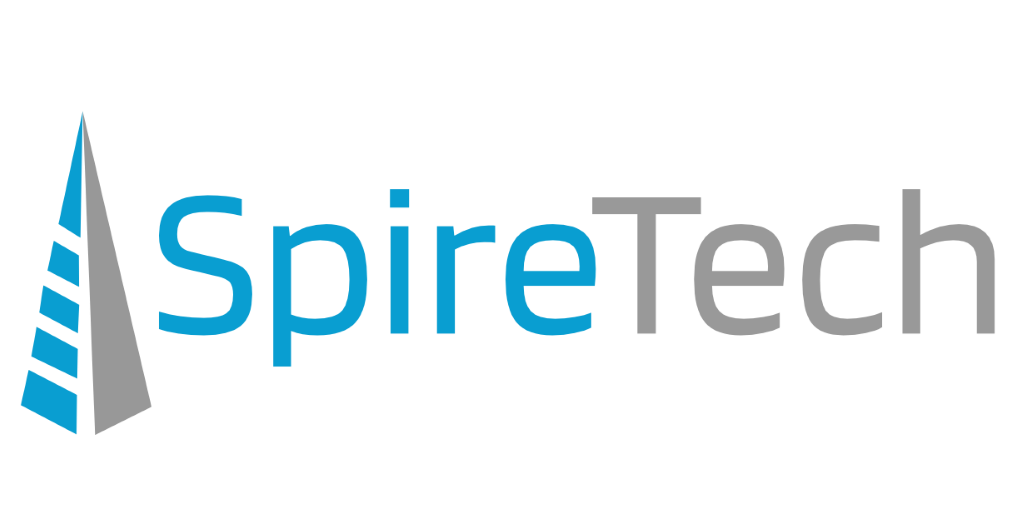At the 2011 hostingcon conference, we ran into OnApp’s mega-booth right as we entered the exhibit hall. Impressive. These guys must be big, or well-funded. They claim to have some fairly large reference customers that we have heard of, so we decided to take a closer look.
OnApp solves many of the problems a hosting company engaged in selling virtual servers has: It provides a web-based console for you and your customers to control their servers. It allows for all the commonly-needed functionality – you can start/shutdown/reboot virtual servers. You can configure RAM, disk, networking, and do remote control. Plus, it does all this at an affordable price.
OnApp installed quickly and easily. We had it up and running in a two-server test environment in a couple of hours. We tested high availability (HA) features, wherein a failed server can be automatically restarted on another server. We examined the networking configuration, especially wherein network traffic from one client’s servers cannot see or “sniff” traffic from another.
The good thing about OnApp is that it just works, with little fuss or configuration issues. The issues that we couldn’t get past yet (and we engaged with OnApp pre-sales support regarding this) is that there was no means to provide a CD or ISO image to the virtual machines. This provides some big concerns relating to the ability to recover a failed windows server – sometimes, you just need a disk. This functionality is available in most other virtual machine environments, eg VMware, and Hyper-V. You are also unable to create your own virtual machine images – you must use the pre-configured and On-App supplied templates. However, you can make a template from a running virtual machine, but you must start with an OnApp-provided image. This meant we were not able to test windows machines in our environment, because a full version is required to gain access to Windows Server templates. Because we couldn’t give the virtual machines a CD, we were not able to make our own template.
OnApp continues to develop new features at an aggressive pace, and we’ll be watching their progress carefully – we might become a customer.
